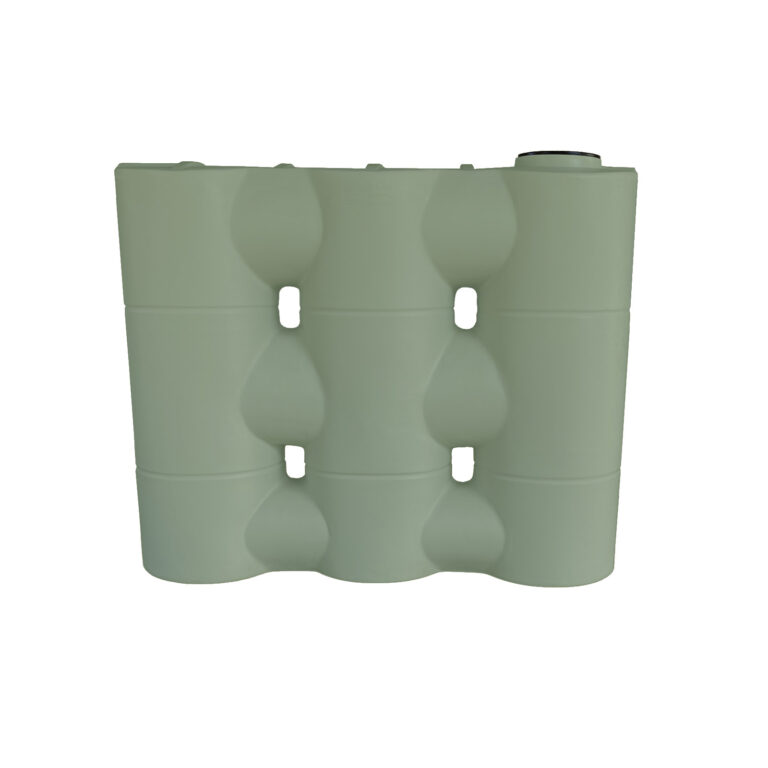Leading Factors to Buy Slimline Water Tanks for Your Home
Leading Factors to Buy Slimline Water Tanks for Your Home
Blog Article
Exploring the Different Usages of Rainwater Storage Tanks for Residential and Commercial Features
As the international emphasis on lasting living methods proceeds to magnify, the usage of rainwater tanks in both residential and commercial setups has actually emerged as a relevant remedy. The complex usages of rain tanks present an engaging instance for their adoption, not just as a practical water-saving measure yet likewise as a testament to responsible source administration.
Benefits of Using Rain Tanks
Utilizing rain storage tanks offers countless advantages for both homes and areas in terms of water preservation and sustainability. Among the key advantages of utilizing rain storage tanks is the significant decrease in reliance on mains water - Slimline water tanks. By catching and saving rainwater for later usage, individuals and areas can reduce their need for cured water, ultimately alleviating the concern on water therapy facilities and reducing energy usage associated with water transportation and treatment
Moreover, rainwater collecting via storage tanks provides a reliable different water resource during times of water limitations or lacks. This stored rain can be utilized for different non-potable purposes such as irrigation, purging commodes, and washing clothing, reducing the stress on typical water sources. In addition, using rainwater storage tanks can bring about cost savings for both families and neighborhoods by reducing water bills and lowering the demand for expensive infrastructure developments to fulfill growing water needs.
In essence, the utilization of rain containers offers a sustainable and ecologically pleasant technique to water monitoring, profiting both specific users and the broader neighborhood in terms of water conservation, cost-efficiency, and resilience.
Rainwater Storage Tank Usage in Irrigation
Provided the benefits of rainwater storage tanks in saving water sources and lowering dependence on keys supply of water, a considerable application lies in using kept rainwater for irrigation functions - Slimline water tanks. Rainwater gathering systems can efficiently gather and keep rain, giving a lasting water resource for sprinkling yards, grass, and farming fields. By utilizing rainwater for irrigation, building proprietors can minimize their dependancy on treated water sources, leading to set you back financial savings and ecological benefits

One of the key advantages of utilizing rain for irrigation is its purity. Rain is normally soft and without the chemicals and ingredients typically found in mains water, making it optimal for nourishing plants without the danger of unsafe effects. In addition, rainwater is at ambient temperature level, which can profit plant growth by avoiding temperature level shocks that can accompany cold keys water.
Rain Tanks for Toilet Flushing

Implementing rain storage tanks for toilet flushing is a cost-efficient and eco-friendly technique that can be quickly incorporated right into both residential and business residential properties. The stored rain can be used to purge toilets by attaching the container to the existing pipes system. This easy yet reliable service can significantly reduce water intake in a building, especially in locations where water deficiency is a concern.

Including Rain Containers in Landscape Design
A reliable method for enhancing sustainability in landscape design involves integrating rain storage tanks to optimize water usage and promote environment-friendly techniques - Slimline water tanks. Including rain storage tanks in landscape design uses many benefits for both domestic and commercial homes. These storage tanks can capture and store rain overflow from roofs, which can after that be utilized for watering yards, yards, and plants. By utilizing rain for watering purposes, homeowner can lower their dependence on community water resources, causing cost financial savings and conservation of priceless water resources.
Along with supplying a sustainable water source for landscape design requirements, rainwater containers can also other assist in managing stormwater overflow. By recording rainwater that would or else move into tornado drains, these containers can mitigate erosion, lower flooding dangers, and stop air pollution of natural water bodies. Moreover, including rainwater storage tanks in landscape design can add to the overall aesthetic charm of the residential or commercial property, showcasing a dedication to ecological stewardship.
Business Applications of Rain Containers
Utilizing rainwater storage tanks in business settings provides a sustainable option for water monitoring and preservation, profiting businesses and the environment alike. Commercial applications of rainwater tanks vary and increasingly popular due to the cost savings and environmental advantages they provide. One essential industrial use is for irrigation purposes, where this page harvested rain can be made use of to water landscape design, yards, and agricultural areas bordering industrial properties. This can lead to substantial decreases in water expenses and reliance on municipal water resources.
Moreover, rain storage tanks can be integrated right into the fire suppression systems of business buildings. By having a devoted water resource for firefighting functions, services can enhance their fire safety procedures and potentially lower insurance coverage costs. Furthermore, rain gathered in containers can be treated and used for non-potable objectives within industrial properties, such as flushing bathrooms, cleaning, and cooling systems. This not just conserves fresh water resources however additionally lowers operating expense for companies. Overall, the consolidation of rain tanks in industrial setups presents a functional and environmentally accountable approach to water administration.
Conclusion
Finally, rain containers supply her response numerous benefits for both property and business residential or commercial properties. From irrigation to bathroom flushing and landscaping, using rain storage tanks can aid preserve water sources and decrease water expenses. Furthermore, integrating rain storage tanks in industrial settings can result in considerable expense savings and environmental advantages. On the whole, the adaptability and sustainability of rain tanks make them a useful financial investment for any homeowner looking to increase water efficiency.
Report this page